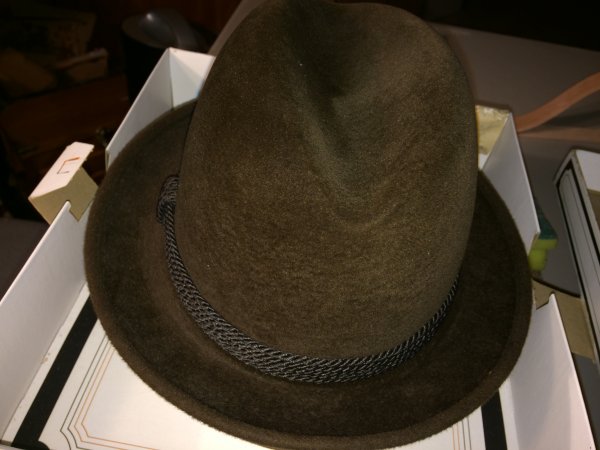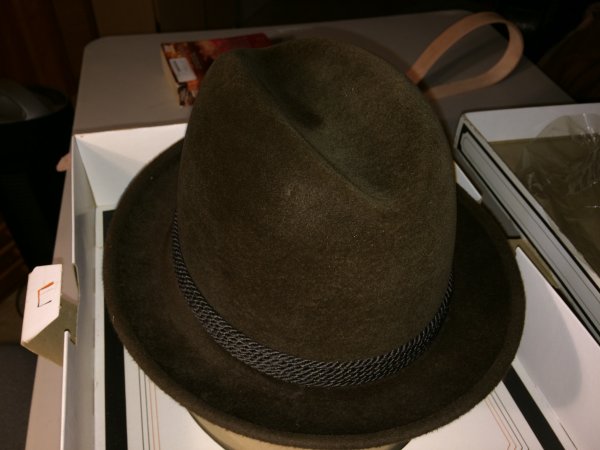Nyah
One of the Regulars
- Messages
- 283
- Location
- Northern Virginia, USA.
My homburg was made in February 2014, which is probably close enough to the vintage of the fedora that I'm comparing it with (an Akubra Sydney).mayserwegener said:What vintage is your homburg?
Last edited:






